Stay Safe from Itchy Encounters with Family Physicians Urgent Care!
Spring has sprung and with it the risk of encountering common plants that can have you itching and scratching like nobody’s business. In some cases, it can even develop into a serious infection that calls for urgent medical attention. So Family Physicians Urgent Care has created a list of these plants and what they look like to help you avoid them. With our commitment to providing expert care, we’re here to ensure your peace of mind and swift recovery should you come into contact with these troublesome plants.
Avoid These Common Poisonous Plants:
- Poison Ivy – This plant may be one of the most infamous. Found in almost every state, the leaves contain urushiol, a substance that can cause an itchy, painful rash upon contact with the skin. Poison Ivy can grow as a vine, or a low shrub and its appearance can vary depending on the season. Remember the saying, “Leaves of three, let it be,” and avoid.
- Poison Oak – Like Poison Ivy, Poison Oak contains urushiol and can cause a similar allergic reaction. It’s primarily found in the western United States, particularly in wooded areas, and can be identified by its clusters of three leaflets with scalloped edges. Like poison ivy, it’s best to steer clear of any plant that fits this description.
- Poison Sumac is less common, but just as bothersome if you come in contact with it. This plant grows in swampy or wet areas, particularly in the eastern United States. Unlike its relatives, poison sumac has pinnate leaves, meaning they are arranged in pairs along a central stem, with a single leaf at the end. The leaves typically have smooth edges and are a shiny dark green.
- Giant Hogweed may not be as common as the last three plants, but still poses a significant risk due to its potent sap, which can cause severe burns and blistering upon contact with the skin. Giant Hogweed is commonly found in the northeastern United States. It’s a towering plant with large, deeply incised leaves and clusters of white flowers. If you encounter this plant, be sure to stay away.
- Stinging Nettle – There have been plenty of kids who have cluelessly run headlong into this tall, leafy plant only to notice a strange tingling sensation, redness, and itching. That’s because tiny hairs that grow on Stinging Nettles release chemicals that irritate the skin when touched. And this plant is common throughout the US, so it can be found anywhere.
Expert Care and Quick Relief!
If you’ve ever come in contact with one of these plants, you know how miserable the itch can be. But no matter how irritated your skin is, remember not to scratch. Instead, wash the area with cool or lukewarm water, and apply a cold compress to reduce any inflammation or discomfort for 20 minutes. If necessary, you can take an oral antihistamine such as Benadryl and apply calamine lotion or hydrocortisone cream as well. But if it starts looking like it could be infected, you should consider seeking medical attention. Family Physicians Urgent Care’s highly trained and certified clinicians are available to help seven days a week and on most holidays. You can schedule a virtual care visit or just walk in, so you can begin to feel better, faster. Anytime you or someone in your family experiences a more severe allergic reaction like difficulty breathing or swelling of the face or throat, stop what you’re doing and call 911 immediately.


